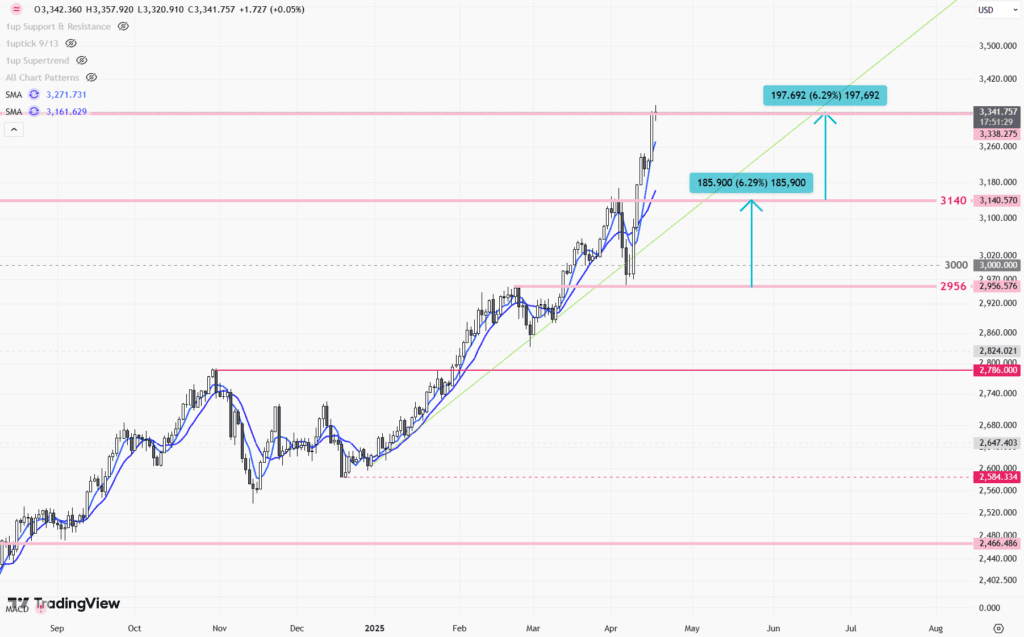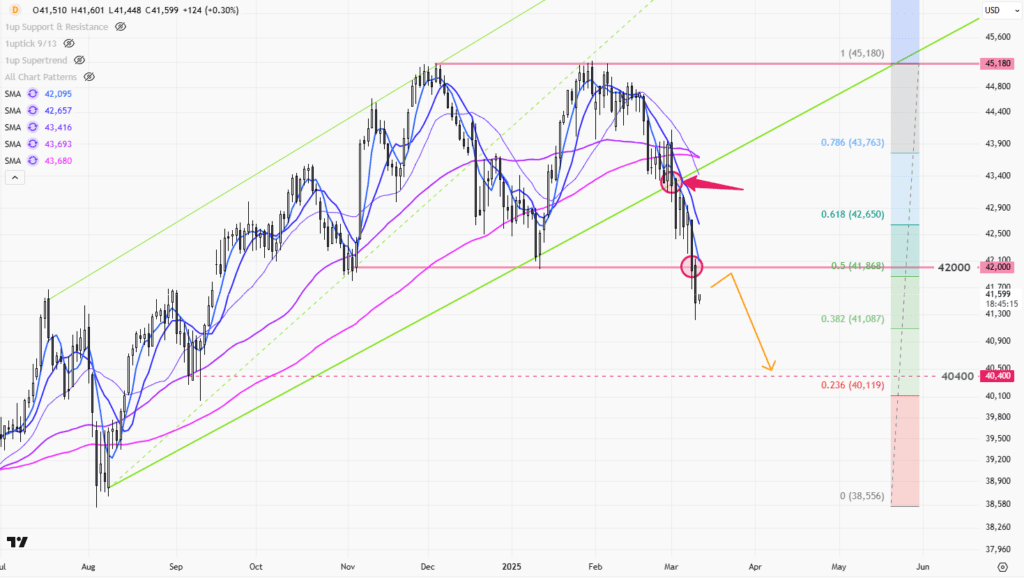 |
| Gold V.1.3.1 signal Telegram Channel (English) |

Top Retail Earnings to Watch Next Week: Home Depot, Lowe’s, Target, BJ’s, and Walmart Outlook Amid Inflation and Housing Market Challenges
2025-08-16 @ 16:00
Next week, investors have their eyes fixed on earnings reports from some of America’s biggest retail giants—Home Depot, Lowe’s, Target, BJ’s Wholesale Club, and Walmart. These updates come at a critical juncture for the retail sector, as rising inflation, shifting consumer habits, and ongoing strains in the housing market shape the direction of both consumer spending and company performance.
The Macro Picture: Inflation, Consumer Caution, and Housing Strains
Inflation continues to squeeze American households, with consumer prices in June climbing 2.6% year-over-year after a fresh round of tariffs. While retail sales managed a rebound of 0.6% last month, consumers are spending more cautiously, often prioritizing value over discretionary purchases. Meanwhile, the housing sector remains under pressure—home sales have fallen to an annual pace of 3.89 million units and the national median home price has surged to a record $426,000. This has tightened affordability and cooled demand, feeding directly into expectations for retailers, especially those linked to home improvement.
Home Depot (HD): Resilience Amid Uncertainty
Home Depot remains a heavyweight in home improvement retail, sporting a market cap exceeding $400 billion. The company is due to report quarterly earnings on August 19, 2025, with Wall Street predicting profits of $4.71 per share and annual earnings of $15.03 per share. Earlier this year, the company posted $39.86 billion in sales and $3.43 billion in net income, narrowly missing analyst expectations by just $0.03 per share. Despite softer national foot traffic—down nearly 4% year-over-year in the first half—Home Depot’s share price has risen about 3% since the start of the year, and over 12% in the past 12 months.
Home Depot’s performance varies significantly by region. While overall visits declined, the Midwest—especially states like North Dakota—has seen traffic growth, bucking the nationwide trend. These localized gains highlight the importance of regional housing dynamics. Among 35 analysts, the consensus is “Strong Buy,” with a target price of $423.67, pointing to potential further gains.
Lowe’s (LOW): Weathering the Storm
Lowe’s, the other major player in home improvement, also faces similar headwinds. The company’s next earnings announcement arrives August 20, 2025. Analysts expect earnings of $4.24 per share for the quarter and $12.29 for the year—each up by a modest 2-3% versus last year. In its previous quarterly report, Lowe’s topped analyst expectations, led by $20.93 billion in sales and $1.64 billion in net income.
Lowe’s visit trends mirror Home Depot’s, with a nationwide year-over-year decline. However, the pace of decline eased by July, and certain states in the Midwest showed positive growth—in Indiana (+4.4%) and Kentucky (+2.8%), for example—demonstrating how localized market demand can drive results even in a tough national environment. Lowe’s relies more heavily on DIY customers than Home Depot, and executives pointed to adverse weather delaying the spring renovation season as a factor for the softer start in 2025. The stock has gained 2% so far this year and over 6% over 52 weeks. Most analysts rate Lowe’s as a “Moderate Buy,” with a target price giving about 6% room for upside.
Target (TGT): Searching for Stability
Target, a giant among big-box retailers, is set to report on August 20, 2025. Analysts project earnings of $2.05 per share for the quarter and $7.54 for the year, marking a decrease of 20% and 15% year-over-year, respectively. Like many general merchandise retailers, Target faces challenges from cost-conscious consumers, who are trading down or delaying purchases on non-essential goods. The pressure on discretionary spending is expected to be evident in this quarter’s results.
Walmart (WMT): Defensive Strength, Cost Pressures Mount
Walmart, the world’s largest retailer, will release its figures on August 21, 2025. Experts expect the giant to post $0.72 earnings per share for the quarter and $2.90 for the year. While Walmart is often viewed as a “defensive” retailer—benefiting when consumers become more price-sensitive—even it is not immune to rising costs and shifting consumer behavior.
Retailers and Investors Face a Pivotal Season
The upcoming earnings releases will deliver fresh insight into the health of American consumers, the resilience of retail business models, and the ongoing impact of inflation and housing market stress. For investors, these results may shape the market’s expectations for the rest of the year, distinguishing the companies best positioned to adapt and outperform amid ongoing economic uncertainty.
As you track these stocks, pay close attention not just to national trends, but to the regional and sector-specific dynamics each retailer faces. While pressure is evident across the sector, pockets of strength, innovation, and adaptation persist—giving savvy investors plenty to analyze in the weeks ahead.








